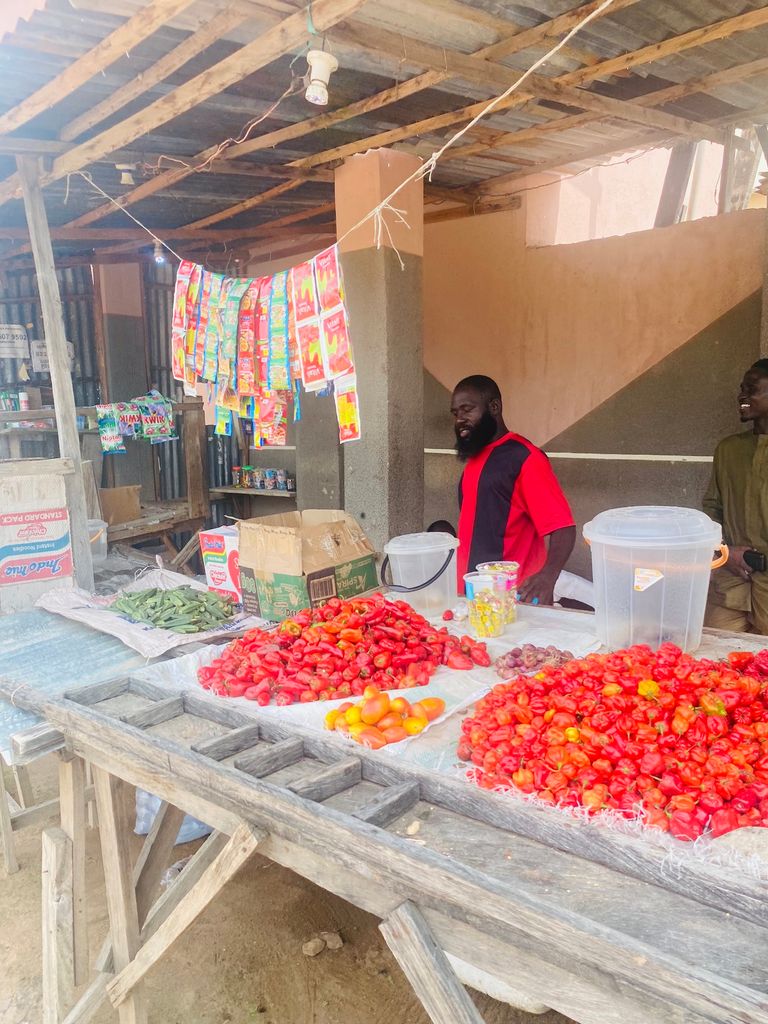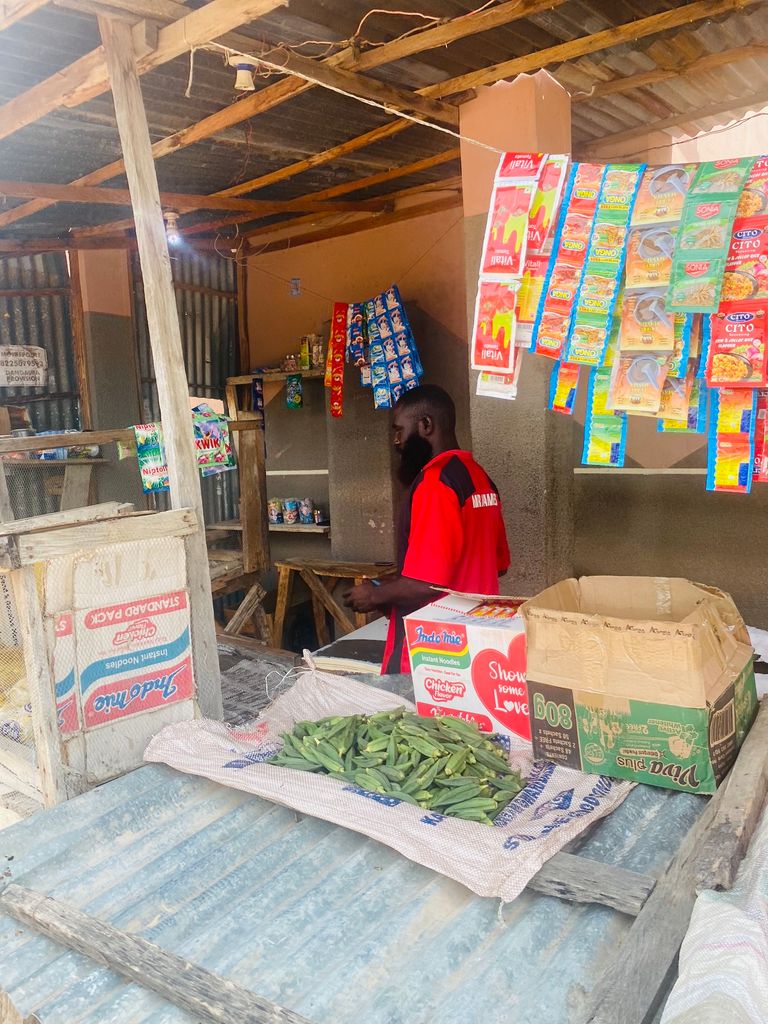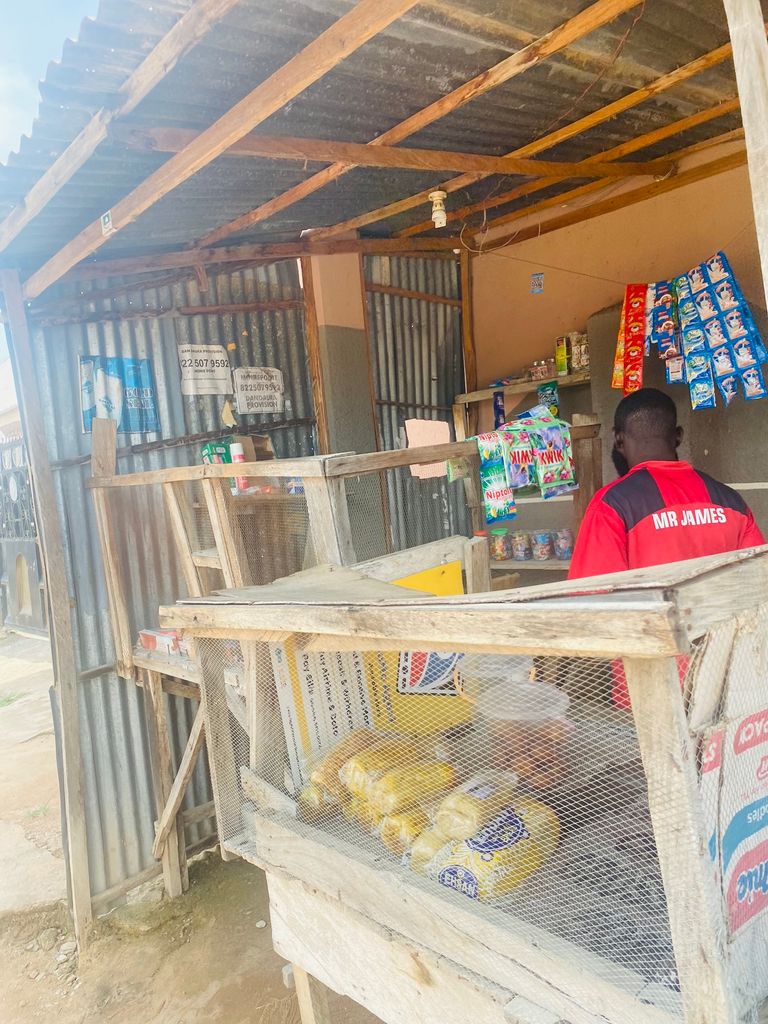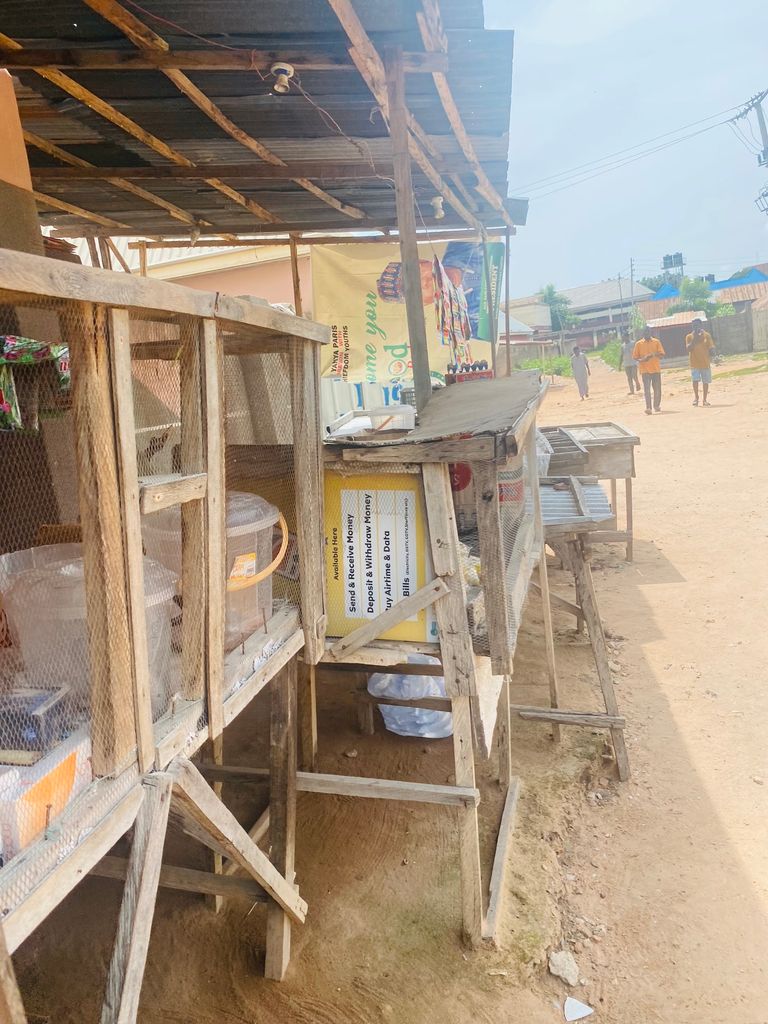
This is one of the best mini food stuff store in my school area that is close to our residence where you can easy & quickly get fresh items you need to make a quick meal 🥘 to eat before heading to class, I love the owner of the store because he’s so neat and organized and very friendly to customers. A mini food stuff store is a small retail outlet that sells a variety of food and beverage items.
Types of Mini Food Stuff Stores
- Convenience Store: Offers a wide range of products, including food, beverages, and household essentials.
- Mini-Market: A smaller version of a supermarket, offering a limited selection of fresh produce, meat, dairy products, and packaged goods.
- Specialty Food Store: Focuses on specific types of food, such as organic, gourmet, or international cuisine.
Products Sold
- Beverages: Soft drinks, juice, water, coffee, tea
- Snacks: Chips, nuts, popcorn, crackers
- Fresh Produce: Fruits, vegetables, herbs
- Meat and Poultry: Pre-packaged or fresh
- Dairy Products: Milk, cheese, yogurt, eggs
- Baked Goods: Bread, pastries, cakes, cookies
- Pantry Items: Canned goods, pasta, rice, oils
- Household Essentials: Cleaning supplies, paper products, personal care items
Target Market
- Local residents
- Office workers
- Students
- Tourists
- Busy professionals

Business Operations
- Store Location: High-traffic areas, such as downtown, near public transportation, or in residential neighborhoods
- Store Hours: Extended hours, including evenings and weekends
- Staffing: Friendly, knowledgeable staff to provide excellent customer service
- Inventory Management: Regular stock replenishment, inventory tracking, and waste reduction
- Payment Options: Cash, credit/debit cards, mobile payments
Marketing Strategies
- Social Media: Utilize platforms like Instagram, Facebook, and Twitter to promote products, offer discounts, and engage with customers
- Loyalty Programs: Implement rewards programs to encourage repeat business
- In-Store Promotions: Offer discounts, free samples, and bundled deals
- Local Advertising: Partner with local businesses, schools, and community organizations to promote the store
- Word-of-Mouth: Foster positive customer experiences to encourage referrals
Starting a mini food stuff store requires careful planning, execution, and ongoing management. Focus on providing excellent customer service, maintaining a wide selection of products, and creating a welcoming store environment to ensure success.

Types of Mini Food Stuff Stores
- Convenience Store
- Mini-Market
- Specialty Food Store
- Health Food Store
- Gourmet Food Store
- Organic Food Store
- Ethnic Food Store
- Bakery/Café
Products Sold
- Beverages (soft drinks, juice, water, coffee, tea)
- Snacks (chips, nuts, popcorn, crackers)
- Fresh Produce (fruits, vegetables, herbs)
- Meat and Poultry (pre-packaged or fresh)
- Dairy Products (milk, cheese, yogurt, eggs)
- Baked Goods (bread, pastries, cakes, cookies)
- Pantry Items (canned goods, pasta, rice, oils)
- Household Essentials (cleaning supplies, paper products, personal care items)
- Prepared Foods (sandwiches, salads, soups)
- International Cuisine
Target Market
- Local residents
- Office workers
- Students
- Tourists
- Busy professionals
- Health-conscious individuals
- Foodies
- Families
Business Operations
- Store Location (high-traffic areas)
- Store Hours (extended hours)
- Staffing (friendly, knowledgeable staff)
- Inventory Management (regular stock replenishment)
- Payment Options (cash, credit/debit cards, mobile payments)
- Store Design (attractive layout, easy navigation)
- Security Measures (CCTV, alarms)
Marketing Strategies
- Social Media (Instagram, Facebook, Twitter)
- Loyalty Programs (rewards, discounts)
- In-Store Promotions (free samples, bundled deals)
- Local Advertising (partner with local businesses)
- Word-of-Mouth (positive customer experiences)
- Email Marketing (newsletters, promotions)
- Online Ordering and Delivery
Management and Staffing
- Store Manager
- Sales Associates
- Inventory Manager
- Marketing Coordinator
- Customer Service Representative
Supply Chain and Logistics
- Wholesale Suppliers
- Local Farmers (for fresh produce)
- Distributors
- Delivery Services
Technology and Equipment
- Point-of-Sale (POS) System
- Inventory Management Software
- Digital Signage
- Security Cameras
- Credit Card Machines
Regulations and Licenses
- Business License
- Food Service Permit
- Health Department Permit
- Sales Tax Permit
- Employer Identification Number (EIN)


Thank you for stopping by my post today, I hope you enjoy my content please drop a comment below and state how useful this content was to you. Thank you for support

Congratulations, your post has been upvoted by @dsc-r2cornell, which is the curating account for @R2cornell's Discord Community.
Enhorabuena, su "post" ha sido "up-voted" por @dsc-r2cornell, que es la "cuenta curating" de la Comunidad de la Discordia de @R2cornell.